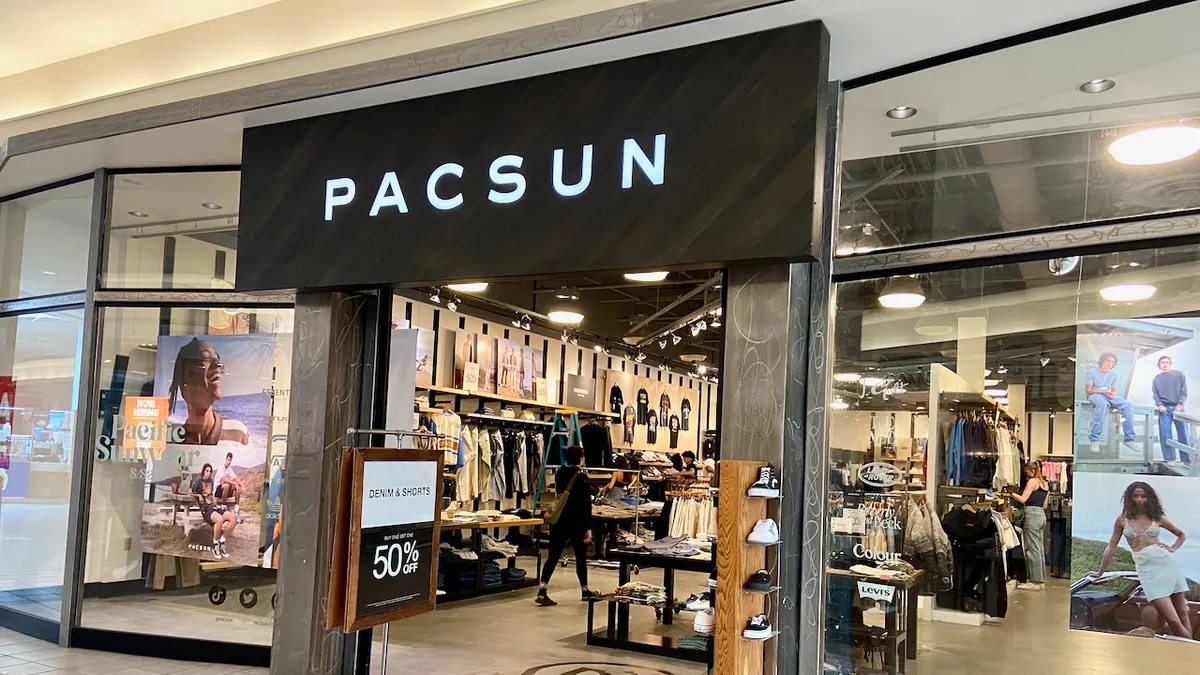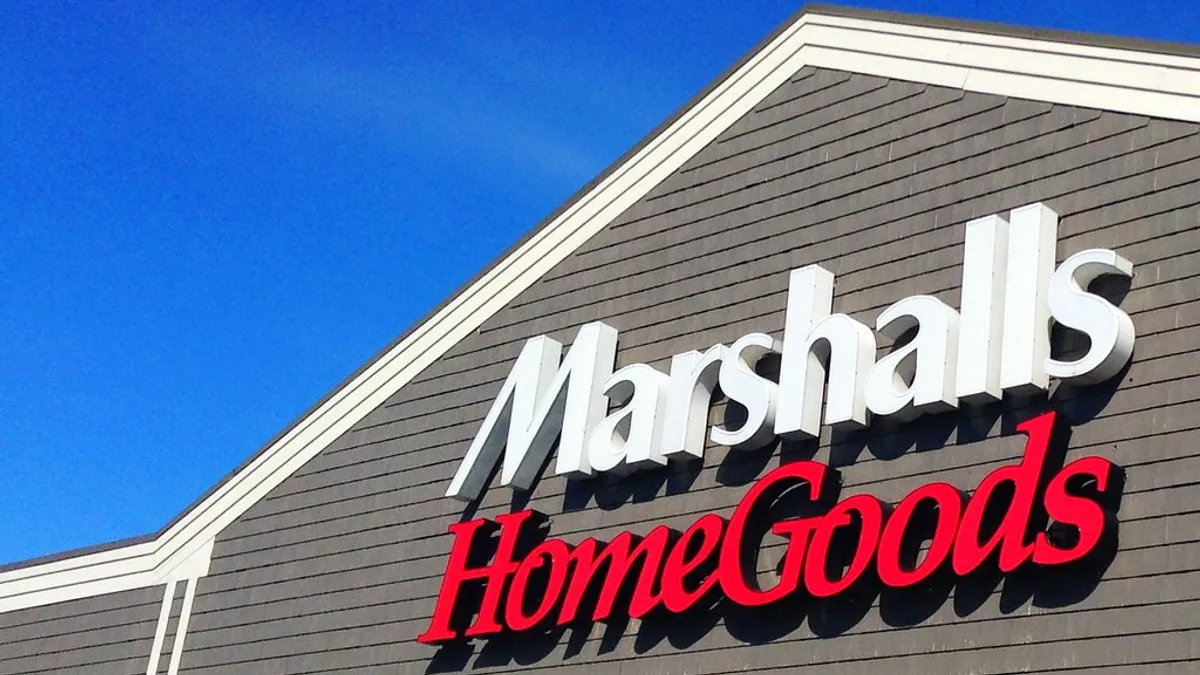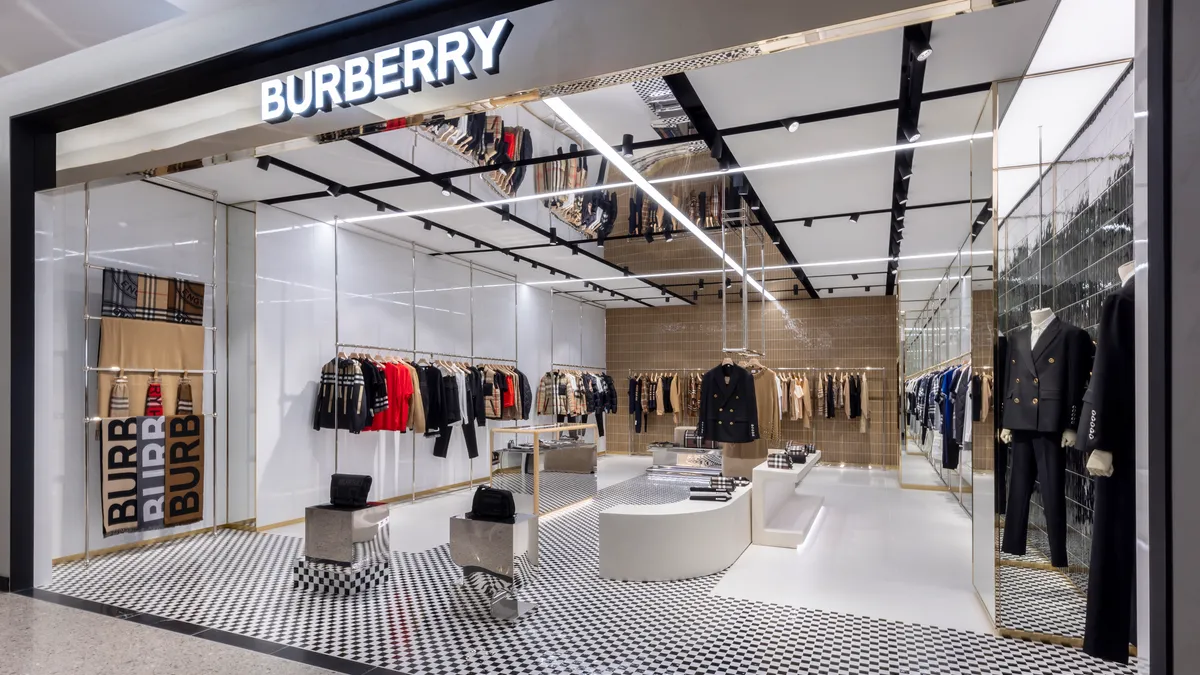The retail supply chain, like the retail industry itself, has gone through a dramatic period of stress since March.
The early months of the COVID-19 crisis brought ubiquitous order cancellations. Almost as pervasive were retailers' efforts to push out payments for shipments. In turn, the cash flow crisis in retail hit suppliers just as hard. Businesses furloughed employees, negotiated with landlords and other vendors, and wondered if they would be able to stay in business, just as retailers did.
Today stores have reopened in most areas and orders are coming in — which is crucial for both retailers and vendors — but suppliers' financial woes persist.
The closures brought a liquidity crisis, one that hasn't fully been resolved but has been eased by the reopening of physical stores. Now the supply chain is trying to work through potential credit and finance shortfalls that are exacerbated by longer payment terms, which have become a permanent feature of business for some.
"The conundrum is, things are getting better, orders are coming through, but the supply chain is struggling to either finance those orders, or mitigate their credit risk as they're shipping and extending credit," Vladimir Jelisavcic, manager of Cherokee Acquisition, a firm that specializes in vendor finance, said in an interview.
"Ultimately, what we're talking about is long-term destabilization because suppliers are struggling to make it through today, and their customers, the big retailers, have changed buying patterns," said RapidRatings Chairman and CEO James Gellert. "[Retailers] are buying less, they're giving less insight into what they're going to need going forward, and consumer demand is a giant unknown. And so those suppliers have the potential to be in a lot of trouble, and that then affects their customers. So the big retailers are affecting little suppliers, and the little suppliers may in turn affect the big retailers."
According to Gellert, his firm's analysis shows that the overall financial health of retailers' supply chain is deteriorating generally, with downward pressure on discretionary segments.
'Tomorrow's problem' is happening today
Back in May, the industry — retailers and suppliers alike — was singularly focused on preserving the cash necessary to keep the lights on.
Members of the American Apparel & Footwear Association told its CEO, Stephen Lamar, "'We're in the middle of this liquidity crisis. We're very worried about whether we can even stay in business,'" Lamar said in an interview. But even then a few members approached the organization with concerns about what comes next, including whether they would be able to insure future shipments against default losses. "'Liquidity is today's problem. Tomorrow's problem is going to be credit,'" they told Lamar.
Today his his phone "is ringing off the hook" as the insurance issue comes to a head and affects suppliers in the apparel and footwear space. "If this doesn't get fixed, they're going to go out of business," he said.
In a white paper from consulting firm Econ One, two economists estimated that shortfalls in trade credit insurance could — "conservatively" — inhibit supplier output to the tune of $46 billion. It would inhibit hiring as well, by an estimated 155,000 workers at those firms that rely on trade credit insurance, the majority of which are relatively small.
"It's hard to refuse business. That seems irresponsible. But it's scary to take business at your own risk, because that could be just as irresponsible."

Sandra Betterson
General Manager of Chateau International
That's because the insurance is used to protect suppliers against the risk of nonpayment on their shipments to buyers, including retailers. Sandra Betterson, general manager of accessories supplier Chateau International, said that for suppliers who can't access insurance or risk mitigation services like factoring for shipments, they have to make the decision whether to refuse to ship at all, or ship without any safety net and absorb the risk.
"It's hard to refuse business. That seems irresponsible," Betterson said. "But it's scary to take business at your own risk, because that could be just as irresponsible."
That choice for suppliers could have big ramifications for retailers, as their vendors choose between providing trade credit (in the form of payment terms) and shipping goods at all, and at a time when retailers are trying to refresh their inventory after the closures and prepare for the holiday season. GlobalData called the situation a "crisis" and "the next threat to apparel supply chains."
"There is a real danger that this snowballs out of control, halting the supply of goods, driving up costs and even leading to empty shelves at the very time retailers have begun to reopen physical stores and customers have started to return," GlobalData apparel analyst Leonie Barrie said in a June press release.
Trade credit insurers have already pulled back after having suffered losses in bankruptcies across the economy and in light of economic uncertainty ahead. Providers have cut their coverage levels by an average of 13.8% as of May, according to the Econ One paper.
"The insurers and the factors have sustained very large and unexpected losses," Jelisavcic said. "Consequently, they've significantly pulled back." He added, "The issue is, they're pulling back just as vendors need to ship and need financing for the holiday season."
The pullback has created opportunities for those that provide other types of finance. Cherokee, Jelisavcic's firm, has the advantage of not being a bank and is not subject to regulations on capital, instead matching nontraditional lenders like hedge funds with vendors wanting put options, receivable financing and other services. That allows them to lend where others can't or won't.
Joel Wolitzer, senior vice president and business development officer with Rosenthal & Rosenthal, said his firm has more flexibility and can take more credit risk by virtue of not being a bank and being privately owned. Among the financial services Rosenthal & Rosenthal provide is factoring, in which a third-party "factor" buys accounts receivable from vendors, assumes the credit risk and collects the payments from their customers. "Numerous prospects have come to us, either they had insurance or were looking at it as an option," Wolitzer said. "Factoring certainly fills the void."
He also notes, though, that "at some point we run out of capacity" on certain retailers, and that sometimes vendors' exposure to higher-risk retail buyers is too large to cover even for a firm with more risk appetite than a bank.
Yet factors have also sustained heavy losses, as insurers have. CIT Group CFO John Fawcett said his company took a $73 million bankruptcy-related charge-off, meaning debt that likely can't be recovered, on a single factoring customer in the retail industry, whom he did not name, according to a Seeking Alpha transcript. CIT had another $97 million in charge offs in addition to that bankruptcy.
Lamar said that factoring has become more expensive and some factors are scaling back for all the same reasons that trade credit insurers are, namely uncertainty and risk in the market. As Betterson notes, the cost for factoring to vendors can also increase with the extended terms retailers have asked for, which many smaller suppliers have little choice but to go along with.
"Typically, if something fails then something else rushes into the breach," AAFA's Lamar said. That isn't happening on the scale needed, in Lamar's view. In this case, he describes a market failure, and his organization has been advocating for a government response that would backstop credit insurers to help restore the market and put it on surer footing, as other developed countries have. Lamar and his members have been talking with lawmakers on the Hill, to positive feedback but with no bills written up yet that would address the credit insurance shortfalls.
Cash flow 'mules'
Vendors' financial struggles are broader than shortages of credit insurance and other forms of risk mitigation.
They face all the same uncertainties retailers do around consumer demand going into the end of the year and 2021 with COVID-19 continuing its spread and wreaking havoc on the broader economy.
For vendors, in many cases, their liquidity and cash flow positions are hurt by retailers' pursuit of longer terms. A retailer might get cash in the door when a customer makes a purchase, but vendors could have to wait for two, three months or even more before they get paid by retailers for those goods.
"Suppliers are getting used as a cash flow mule."

Sandra Betterson
General Manager of Chateau International
Meanwhile, Betterson says that many in her field are still pursuing payments for goods shipped before the COVID-19 crisis even began. At the same time, retailers are on the hunt for discounts and deals from vendors in their current buying, which in turn squeezes vendors' margins.
"Suppliers are getting used as a cash flow mule," Betterson said.
The disruptions could continue well into the future. According to a study by the U.S. Fashion Industry Association, more than half of surveyed retailers said that they expect canceled and postponed orders due to the COVID-19 situation to continue beyond the second quarter, and 40% said cancellation and postponement would go on through Q4.
"The distress is ongoing," Lamar said of the apparel industry broadly. "A lot of it boils down to the uncertainty."
And that uncertainty is multilayered, from the disease itself, the political response to it and the economic fallout, as well as distress and bankruptcies in the retail world.























